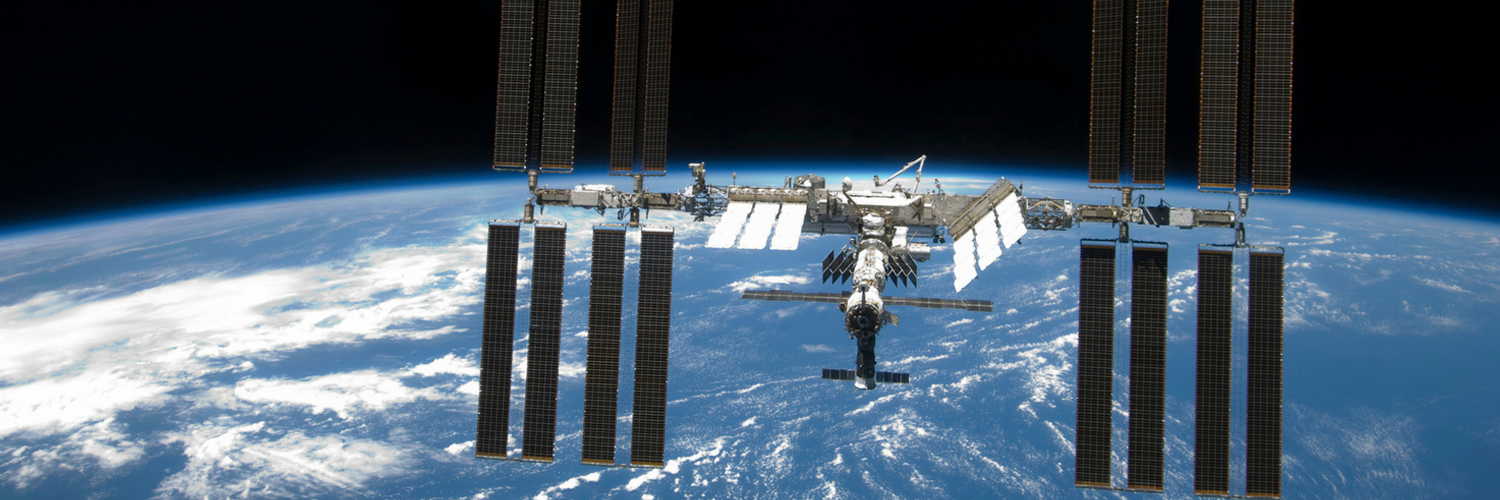The Mechanics of Earth's Constant Motion
Beneath the seemingly tranquil surface of our planet lies a dynamic mosaic of interlocking plates. The movement of these plates not only shapes the landscape but also influences seismic activity. Discovering how these massive sections interact unveils much about the mechanics behind earthquakes.
1. Moving Boundaries: Stress and Release
Tectonic plates are giant slabs of Earth's lithosphere, constantly moving and reshaping the surface. Their interactions occur primarily at convergent, divergent, and transform boundaries, where stress accumulates due to frictional resistance. Imagine pulling a tightly wound spring until it snaps; this sudden release of energy mirrors the rupture along fault lines that result in earthquakes. When the stress surpasses the rock's threshold, a seismic wave is released, marking the earthquake.
2. Contribution of Magma and Fluids
Apart from solid rock, the Earth's interior contains molten rock or magma, significantly influencing seismic events. In regions like Iceland, where divergent boundaries exist, the flow of magma drives plate separation. This movement can also be affected by underground water levels that may prompt plate shifts. The interplay of these elements poses an intricate puzzle for geologists aiming to predict seismic events by observing fluid patterns correlated with crustal modifications.
3. Reactivation of Forgotten Fault Lines
While many assume that earthquakes only occur along active faults, new studies have shown that dormant faults can also be triggered under particular stress conditions. Interestingly, this broadens the understanding of where seismic events might strike, urging updated seismic risk evaluations. It underlines the complexity of the Earth's dynamic nature and the necessity to monitor all potential risk areas comprehensively.
Decoding Seismic Movements: A Closer Look at Earth's Language
The language of the Earth is expressed through seismic waves, which travel through the planet, unlocking secrets about its inner workings. These waves, monitored by scientists, provide invaluable data for understanding and preparing for future seismic activities.
1. Diverse Waves and Their Travels
Seismic waves are categorized into body waves and surface waves, each revealing different aspects of Earth's interior. Body waves, comprising P-waves and S-waves, penetrate through the Earth, while surface waves, including Love and Rayleigh waves, cause surface shaking and are responsible for most of the earthquake damage. By tracking these waves, scientists piece together a picture of tectonic activities.
2. Seismic Wave Applications in Research
Detecting these seismic signals is crucial for scientists to map the Earth's internal landscape. Using seismographs, researchers record wave movements, providing insights into earthquake epicenters, magnitudes, and depths. This technology functions similarly to medical ultrasounds, offering a non-invasive method to study our planet's structure and its various layers.
3. Advancements in Analysis Techniques
Technological advancements such as data fusion and machine learning are transforming seismic wave analysis. With cutting-edge techniques like Physics-Informed Neural Networks (PINNs) and neural operators, the interpretation of seismic data reaches new heights, enabling refined earthquake predictions. The application of supercomputing allows for more comprehensive simulations, aiding the understanding of seismic waves and improving existing models.
4. Contribution of External Research Sectors
Research from astrophysics, particularly in gravitational wave detection, offers methodologies that can enhance seismology by improving the understanding of wave propagation in complex media. By borrowing techniques from other scientific domains, seismology benefits from a deeper understanding of energy transmission in Earth environments.
5. Enhanced Preparedness through Data
Integrating advancements in seismic wave analysis with global disaster frameworks enhances the ability to evaluate risk and prepare for potential earthquakes. These improved analytical approaches feed into decision-making processes for both immediate hazards and long-term seismic resilience planning.
Innovative Technologies Revolutionizing Forecasting
As technology advances, the potential for predicting earthquakes and minimizing their impact increases. Explore how novel innovations are transforming our approach to seismic monitoring and preparedness.
Use of Artificial Intelligence and Smartphones
The exponential growth of technology channels into seismology, where artificial intelligence (AI) and commonplace devices like smartphones become pivotal tools for earthquake prediction. By integrating AI with sensor data from smartphones, new models are developed, leading to more accurate warnings. This collaboration of AI and accessible technology stands at the forefront of early-alert systems.
1. AI's Role in Analyzing Precursors
The potential for AI to break new ground in analyzing precursory signals is immense. By sifting through complex datasets, AI systems discover patterns in geochemical changes often preceding seismic activity. By refining these techniques, researchers gain insight into potential signals leading up to earthquakes, offering new forecasts for warning systems.
2. Predictive Models through Machine Learning
Machine learning enables the processing of historical seismic data to build predictive models, discerning patterns that might be undetectable by traditional methods. As algorithms become more sophisticated, they enhance the analytical capabilities of seismological research, enabling better predictions and early warnings.
3. Smartphone Networks in Seismic Monitoring
Smartphones, with their built-in accelerometers, act as mobile seismic sensors that can transmit real-time data on tremors. This crowd-sourced approach drastically increases the data available for monitoring seismic events, creating an extended network for real-time hazard alerts globally.
4. AI-Driven Innovation and Data Integration
The integration of AI across geophysics is catalyzing advancements in developing predictive systems, harnessing data from various sources to increase forecasting accuracy. As data collection methods improve, so too will the ability to anticipate seismic events effectively.
By investing in these technological innovations and integrating them with robust scientific methods, the future of seismic safety and earthquake preparedness becomes significantly brighter. With these tools, the unpredictability of earthquakes can gradually transform into assured preparedness and resilience.
Q&A
-
What are tectonic plates and how do they influence earthquakes?
Tectonic plates are massive slabs of the Earth's lithosphere that fit together like a jigsaw puzzle, covering the planet's surface. They constantly move, albeit very slowly, due to convection currents in the mantle. Earthquakes commonly occur at the boundaries of these plates where they collide, pull apart, or slide past each other, creating stress that is eventually released as seismic energy.
-
How do fault lines contribute to seismic activity?
Fault lines are fractures in the Earth's crust where blocks of land have moved relative to each other. They are crucial in seismic activity as they are often the sites where stress from tectonic movements is released. The movement along these faults can cause significant earthquakes, with the San Andreas Fault in California being one of the most well-known examples.
-
What are seismic waves, and how do they affect earthquake detection?
Seismic waves are the energy waves generated by the sudden breaking of rock within the Earth or an explosion. They travel through the Earth and are recorded on seismographs. Understanding the different types of seismic waves (P-waves, S-waves, and surface waves) is essential for detecting earthquakes and determining their epicenters and magnitudes.
-
How is earthquake magnitude measured, and why is it important?
Earthquake magnitude is measured using the Richter scale or the moment magnitude scale (Mw), which quantify the energy released by an earthquake. This measurement is crucial for assessing the potential damage and impact on affected regions, guiding emergency response, and improving construction standards to withstand future seismic events.
-
What role do early warning systems play in earthquake preparedness?
Early warning systems detect the initial, less damaging seismic waves (P-waves) that travel faster than the more destructive waves (S-waves and surface waves). These systems provide critical seconds to minutes of warning, allowing people to take protective actions and automated systems to shut down critical infrastructure, thereby reducing the risk of casualties and damage.








